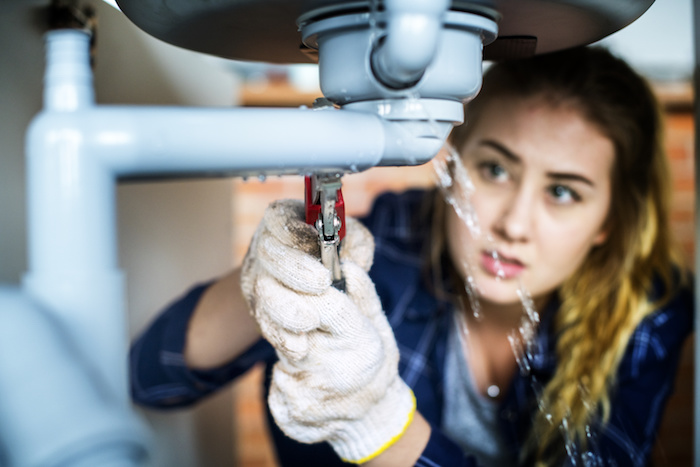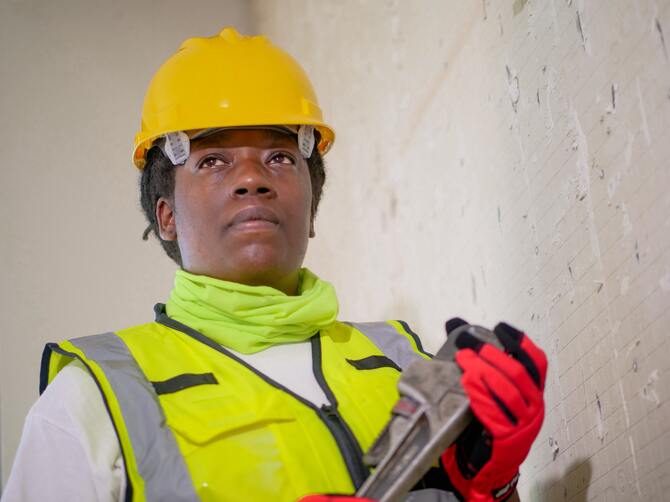Everyone has got his or her own theory with regards to DIY vs. Professional Plumbing Repairs: When to Call a Pro.

Intro
Plumbing concerns can range from minor troubles to significant frustrations, commonly triggering home owners to decide between dealing with the problem themselves or calling a professional plumbing. Understanding when to do it yourself and when to seek professional assistance can save time, money, and avoid prospective catastrophes. This short article checks out the elements to take into consideration when making this critical choice.
Advantages of DIY Plumbing
Tackling pipes tasks yourself can be satisfying in a number of ways, specifically for easier projects.
Intricacy of Tasks
Some plumbing concerns need specific knowledge and tools beyond typical home owner abilities. Mishandling intricate issues can cause further damages and pricey repair services.
Safety and security Problems
Dealing with plumbing systems includes threats such as direct exposure to water damage, capacity for electrical hazards, and taking care of tools improperly. Safety precautions have to be observed to prevent mishaps and make sure efficient repair work.
Indicators to Call a Specialist Plumbing Technician
Recognizing when a pipes concern exceeds DIY capabilities is important to avoid aggravating problems.
Signs of Facility Concerns
Examples include:
- Extreme leakages or burst pipelines.
- Problems with main water lines.
- Gas line troubles or drain line backups.
- Motivate professional treatment is needed to address these concerns efficiently and decrease damage.
Do It Yourself Plumbing Tips
For effective DIY plumbing, it's important to be prepared with the right devices and comply with correct procedures.
Fundamental Devices and Materials
Secret tools for DIY pipes:
- Flexible wrenches, pliers, and pipe wrenches.
- Plumbing repair service packages for common tasks like leak repairs and small pipeline changes.
Step-by-Step Guides
Clear guidelines make certain safe and reliable DIY repair services:
- Shutting off water system prior to beginning work.
- Using tutorials or manuals for guidance on certain repair services.
Choosing the Correct Time to Do It Yourself
Figuring out when to tackle plumbing jobs yourself requires assessing both the intricacy of the issue and individual comfort degrees.
Analysis Checklist
Think about:
- Knowledge with plumbing systems and devices.
- Accessibility of time for comprehensive repairs.
- Self-confidence in managing prospective challenges.
Price Cost savings
Do it yourself plumbing tasks typically save cash by preventing specialist service charge. Jobs like dealing with small leakages, replacing taps, or installing brand-new showerheads are examples where house owners can deal with repair work without working with a plumber.
Skill Enhancement
Taking part in do it yourself plumbing supplies a chance to learn and boost useful skills. Fundamental tasks equip house owners to recognize their pipes systems far better and gain confidence in handling little fixings independently.
Risks of DIY Plumbing
While do it yourself tasks offer advantages, specific risks ought to be meticulously thought about before trying repair services.
When to Certainly Call a Specialist
Certain situations require prompt skilled attention to prevent comprehensive damages or safety threats.
Emergency situation Scenarios
Instances include:
- Unexpected and substantial leaks.
- Gas leaks or strong smells suggesting gas problems.
- Full loss of supply of water due to main line problems.
Finding and Hiring an Expert Plumbing Professional
Selecting a certified plumbing technician ensures trustworthy service and assurance in solving pipes issues.
Requirements for Option
Factors to think about:
- Valid licenses and accreditations.
- Positive client testimonials and recommendations.
- Openness in rates and service guarantees.
Cost Analysis: DIY vs. Specialist Services
Contrasting the monetary implications of do it yourself initiatives versus expert plumbing services helps in making informed decisions.
Financial Considerations
Evaluate:
- First prices of DIY tools and products versus service charge.
- Prospective financial savings from effective repair work and long-lasting maintenance.
Final thought
Determining whether to do it yourself or call a professional plumbing hinges on understanding the intricacy of plumbing problems and individual capabilities. By evaluating the benefits and dangers, home owners can make educated options that advertise effective maintenance and safeguard their homes from pipes disasters.
DIY Plumbing Projects: What Homeowners Can Do and When to Call a Professional
Welcome to our comprehensive guide on DIY plumbing projects. In this blog post, we aim to empower homeowners with the knowledge and skills to tackle basic plumbing tasks around the house. From unclogging drains to fixing a leaky faucet, we’ll walk you through step-by-step instructions on how to handle these common issues.
However, not all plumbing problems can or should be solved with a DIY approach. Recognizing when a problem is beyond your skill level and requires professional intervention is just as important as knowing how to perform basic tasks. We’ll also discuss the signs that indicate it’s time to put down your tools and pick up the phone to call a professional plumber. By understanding when to DIY and when to call a professional, you can save time, avoid potential disasters, and ensure your home’s plumbing system remains in top shape.
Understanding Plumbing Basics
Before we dive into the DIY projects, let’s take a moment to understand the basics of your home’s plumbing system. A typical residential plumbing system consists of two major components: the water supply system, which brings fresh water into your home, and the drainage system, which removes waste water. These systems are made up of a network of pipes, valves, and fixtures that work together to deliver clean water and dispose of waste efficiently.
Regular maintenance of your plumbing system is crucial to prevent minor issues from escalating into major problems. This includes tasks like checking for leaks, removing minor clogs, and ensuring your pipes are insulated for winter. By performing these tasks regularly, you can extend the lifespan of your plumbing system, save money on water bills, and maintain the comfort and hygiene of your home.
In the following sections, we’ll explore some common DIY plumbing projects that homeowners can handle, as well as situations that require the expertise of a professional plumber. Whether you’re a seasoned DIY enthusiast or a beginner, this guide will provide you with valuable insights into the world of home plumbing.
DIY Plumbing Projects Homeowners Can Handle
Plumbing may seem intimidating, but there are several tasks that homeowners can confidently tackle with a little guidance and the right tools. Here are a few common issues you might encounter and how to address them.
Unclogging Drains
- Use a Plunger: This is your first line of defense. A good old-fashioned plunger can dislodge the obstruction and clear the drain in many cases.
- Try a Plumber’s Snake or Hand Auger: If the plunger doesn’t work, a plumber’s snake or hand auger can reach deeper into the pipe to break up the clog.
- Use a Drain Cleaner: If physical methods fail, a chemical drain cleaner can dissolve the clog. However, use these products sparingly as they can damage your pipes if overused.

Hopefully you liked our part on When to DIY and When to Call a Professional Plumber. Thanks so much for taking time to read through our blog post. I beg you take the opportunity to share this blog if you appreciated it. Thank-you for going through it.
Call Today
Comments on “Choosing Between Do It Yourself Plumbing and Professional Services: What to Consider”